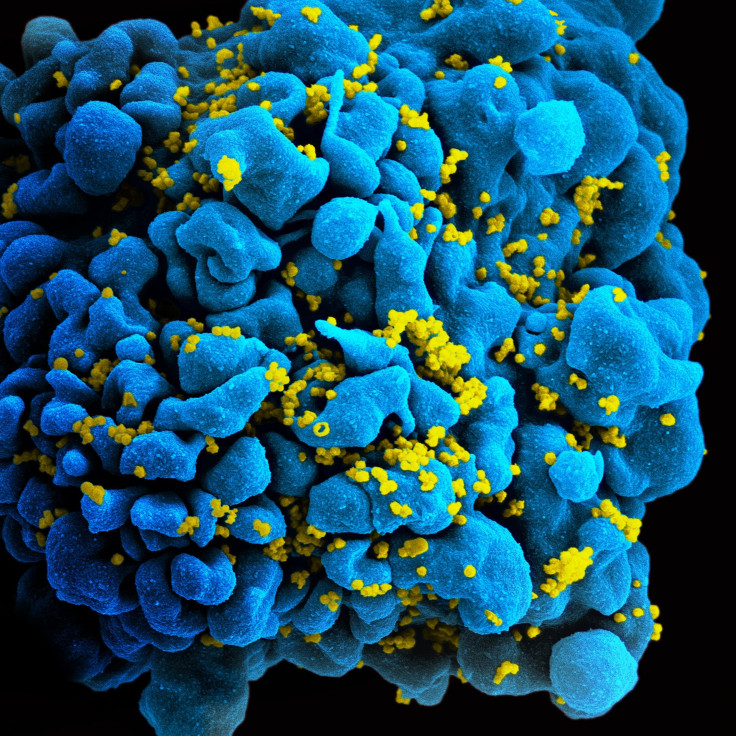HIV May Avoid Eradication By Hiding Out In Our Fat Tissue

Mortal enemies that we are, it seems that we do have something in common with the Human Immunodeficiency Virus (HIV) — a preference for fat.
According to a study published Thursday in the open access journal, PLOS Pathogens, our fat, or adipose, tissue, may serve as a previously undiscovered reservoir for HIV, inadvertently aiding the virus avoid complete eradication from our otherwise highly effective treatments. In return for this welcome sanctuary, HIV may also provoke chronic inflammation in our bodies.
It isn’t really our fat that HIV is interested in, the authors theorized, but rather the surrounding immune cells that line the stromal vascular fraction (SVF), the other major but relatively small component of fat tissue.
To test out this theory, they conducted a series of both human and animal experiments. First, they examined the fat tissue of macaque monkeys infected with the simian immunodeficiency virus (SIV), a cousin of HIV. In addition to finding SIV there, they discovered that the infection, much like the college roommate from hell, had rearranged its layout without asking, increasing the density of both adipocytes (the cells that actually store our fat) and immune cells, the latter of which appeared to be more inflamed and Immune-activated than those present in non-infected monkeys.
They then switched to human volunteers whose infections had been suppressed by their antiretroviral therapy (ART). Not only were they able to find HIV in the volunteers’ SVF, they were frighteningly also able to replicate some of these samples in the lab, strongly suggesting that “adipose tissue constitutes an important viral reservoir” for HIV.
As for why our fat tissue seems to be a comfy home for HIV, the researchers offered some possible explanations. Among other reasons, it could be that the chronic inflammation caused by HIV provides a conducive environment for viral replication or that certain ART drugs aren’t easily distributed to the cells in our fat tissue.
“Our observations have major implications in the context of HIV disease,” the authors concluded. Should their findings pan out, future HIV research could be directed to finding delivery methods that allow existing drugs to easily reach our fat tissue or in developing “new therapeutic strategies for limiting the size of the viral reservoir and decreasing low-grade chronic inflammation via the modulation of adipose tissue-related pathways.”
Source: Damouche A, Lazure T, Avettand-Fènoël V, et al. Adipose Tissue Is a Neglected Viral Reservoir and an Inflammatory Site during Chronic HIV and SIV Infection. PLOS Pathogens. 2015



























